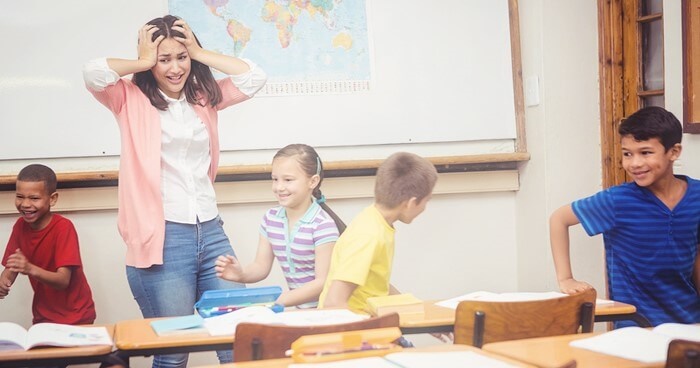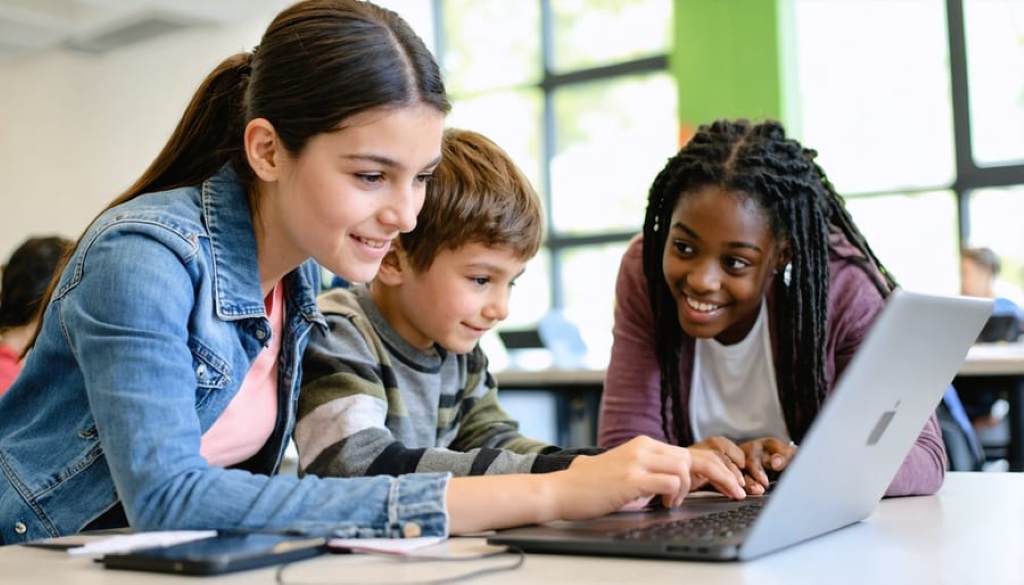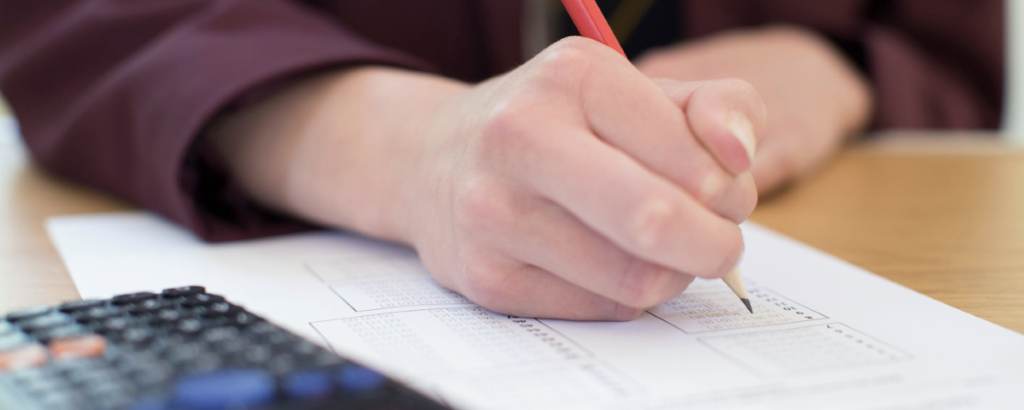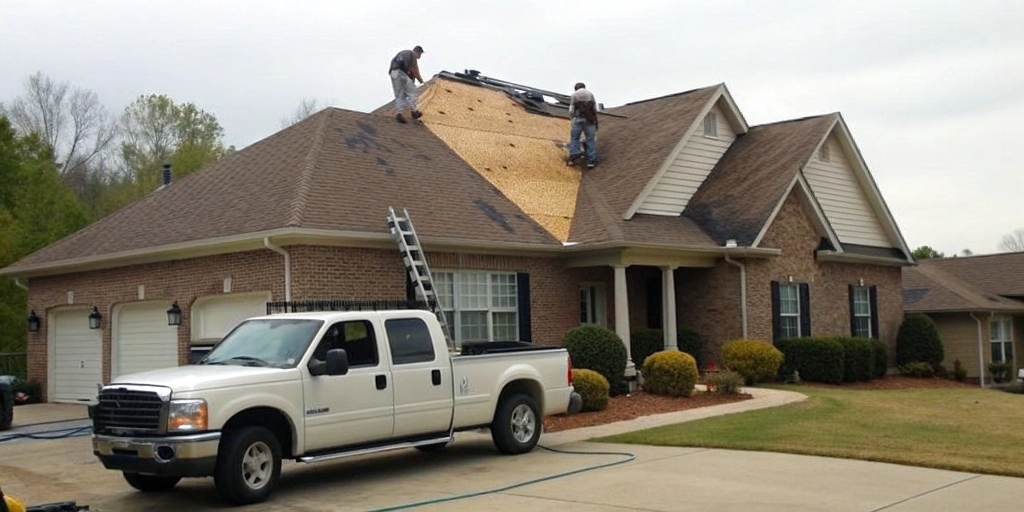One of the main problems in our classrooms is behavioral problems in children and adolescents. When we speak of disruptive behaviors, we refer to inappropriate behaviors that harm the good functioning of the classroom, referring to tasks, relationships with classmates, compliance with class norms or lack of respect for the teacher. Let’s reveal how to handle misbehaving students.
Children who do not stop talking, offend others, have aggressive or excessive behavior, lose control easily, show and verbalize a negative attitude towards work, denying cooperation and attracting attention. You may like also how to study for exams in one day?
How to handle misbehaving students?
Some behaviors are a mismatch in the child’s developmental development as they prevent the creation and maintenance of healthy social relationships with their peers and with adults. We must keep in mind that behind inappropriate behavior there are usually psychological factors that trigger it: feelings of abandonment, frustration, low self-esteem, lack of establishment of norms in the family nucleus. These responses are tactics acquired or learned to provoke the adult and call the Attention.

Disruptive behavior is common
Due to its frequency and persistence over time, it becomes a problem. These behaviors occur both at home and at school.
In order to establish guidelines for behavior, it would be good for teachers to record behaviors. This will give us many clues about how we can help with the problem.
There are no “magic” formulas and in many cases what works and works very well for some, does not generate so much impact on others. However, as education professionals, we can follow a series of guidelines that will help to relax the environment and reduce the episodes of these behaviors.
Adult self-control: Understand that behaviors try to provoke anger in others, therefore, do not let us manipulate, do not enter into discussions, keep calm and do not raise the tone of voice. Try to speak softly, not too close and never holding or holding. If you do not raise the tone of voice, encourage the student not to do. We can be forceful without sounding aggressive. It is recommended that the child perceives security in the adult who imposes corrective measures with a firm but non-threatening tone.
Apply a manual of coexistence among all students, which is visible to everyone (posters, murals …), where clear and explicit rules of conduct are well established. It is necessary that students intervene in this process since in this way they will see it as objectives to be achieved and not as imposed norms. Make clear the consequences before applying them.
Encourage group reflection, propose solutions to different classroom dynamics, is a way to teach students to solve their problems.

Avoid capturing and taking all our attention
Otherwise, these behaviors will increase. Remember, at the beginning or end of the class that such behavior is undesirable. If it hinders the development of the class a lot, the “Time Out” technique can be used.
When aggressive behavior occurs or triggers, respond, but not react disproportionately. It is good to isolate it so that it does not have an audience. When he has calmed down, talk with the student should maintain eye contact, avoid entering into his game or arguments, the teacher is the figure of authority, that is not debatable, you should not try to be above, or humiliate, or enter into discussions. Clarify that we seek, what are the rules and consequences of non-compliance.
Avoid situations that may generate or cause disruption without intending it. This will be easier to do if we have a previous record like the one mentioned above.
Act as a model: Recognize how we also make mistakes. Apologize if necessary. They will learn the model that we offer them.
Ignore minor faults
We can reduce disruptive behavior by verbalizing positive expectations. Marking what we expect from them helps a lot. Also, use positive reinforcement with the smallest, the economy of chips is a very effective technique.
Create dynamic classes, where there are many changes in activity, where tasks and activities are graduated at the level of difficulty. Have an approach to the conflicting student and use humor. This will generate a more relaxed atmosphere in the classroom.
Self-control
Remember that the most important thing is our self-control, losing your nerves can aggravate the episode. These situations are very complicated to manage, therefore, the best formula and solution is the daily practice, added to the deep reflection on our action. When we face one of these situations, we must try to learn from them, analyzing them, thinking about what worked and analyzing what did not.
If in spite of joining guidelines and ways of acting, the disruptive behaviors are still intense and endure over time, it is advisable to go to an expert who can guide us and work directly with the student. These therapies focus on training parents, teachers and students in behavioral control skills through behavioral modification strategies.







